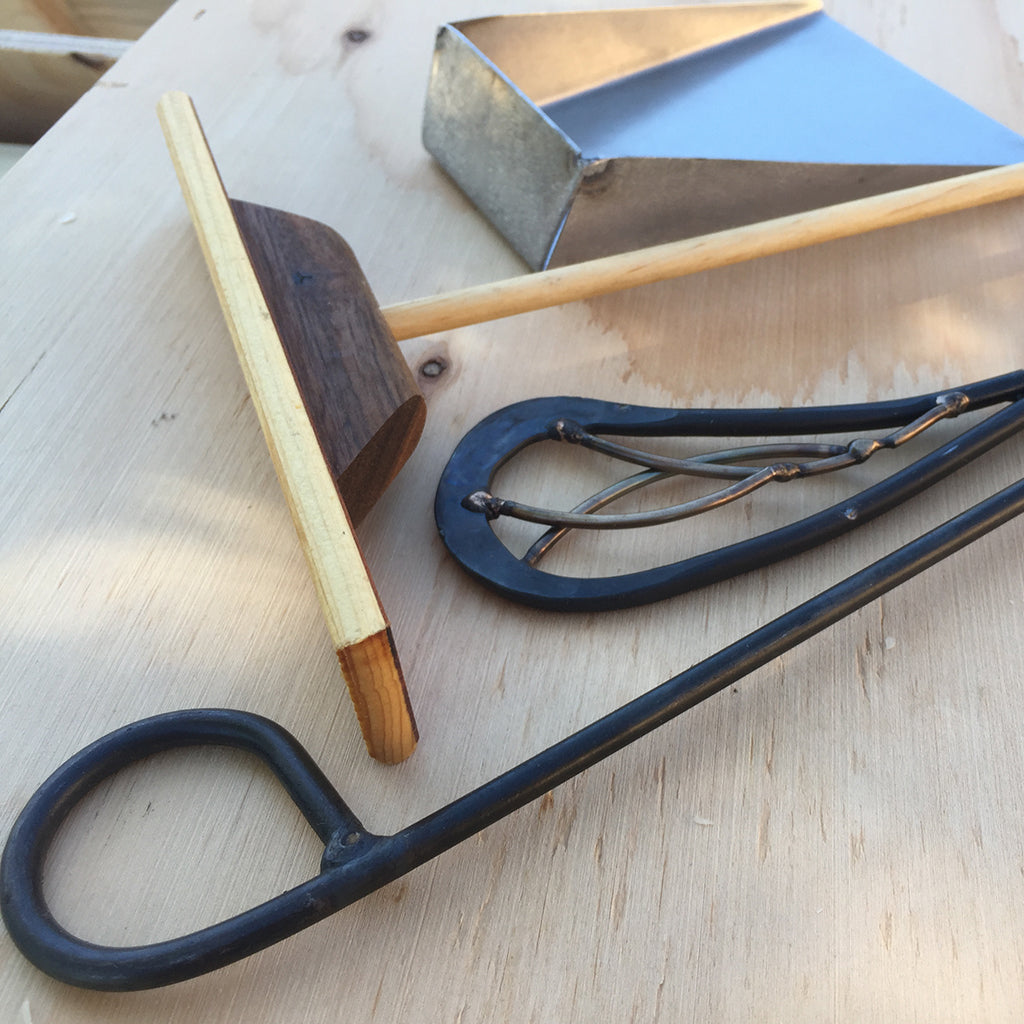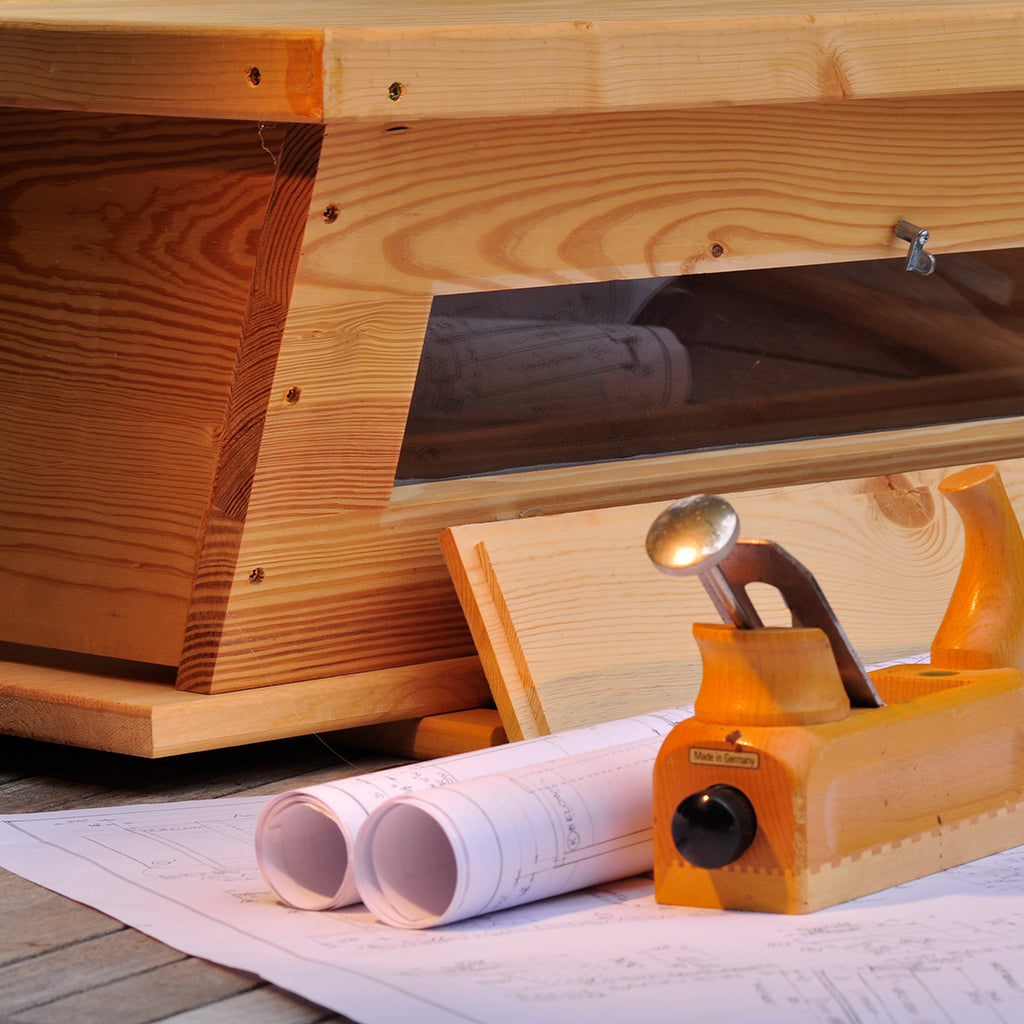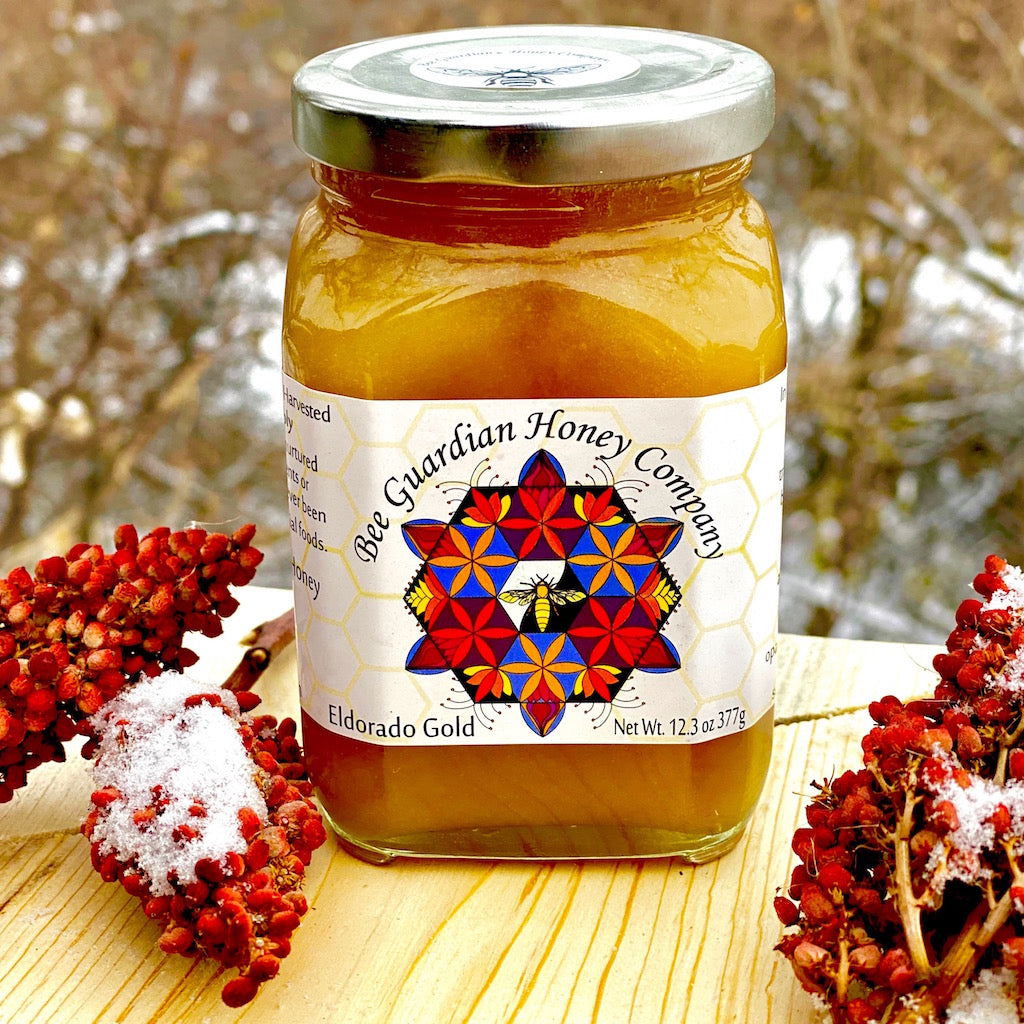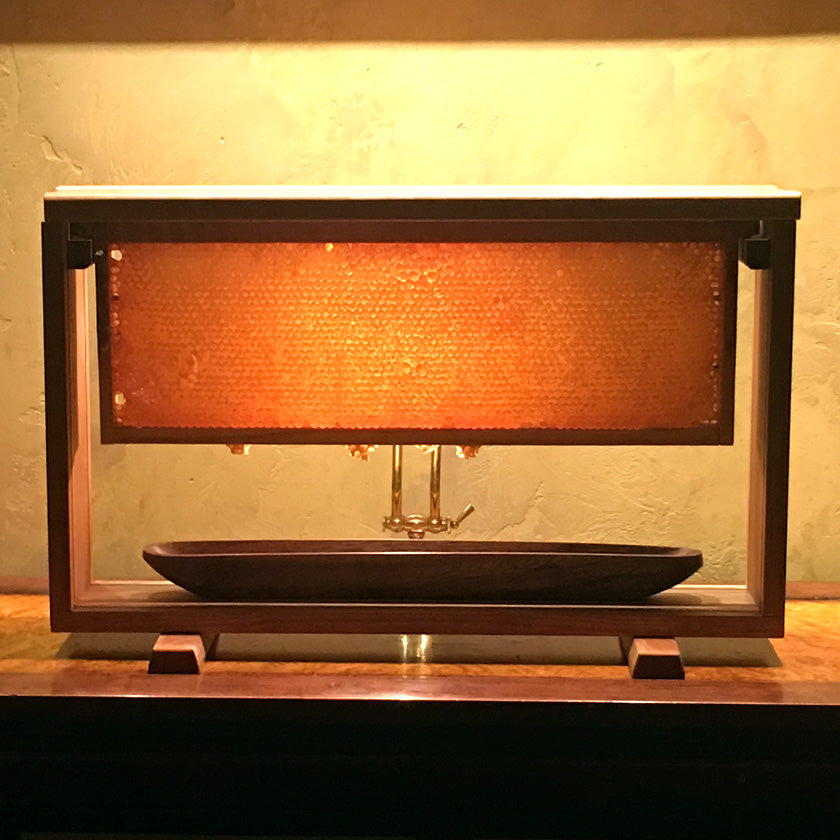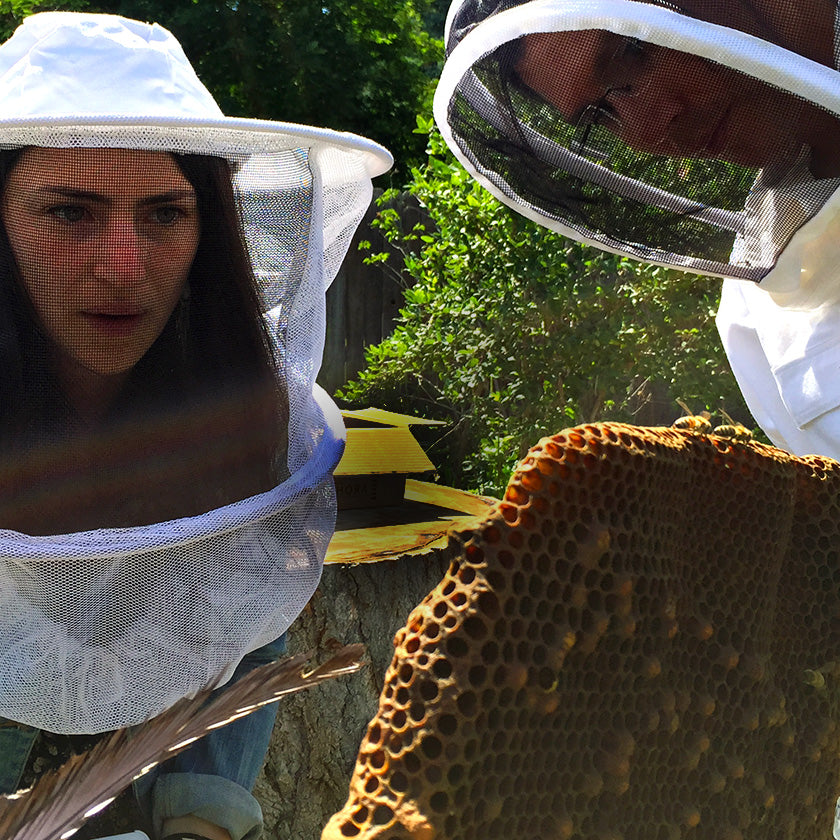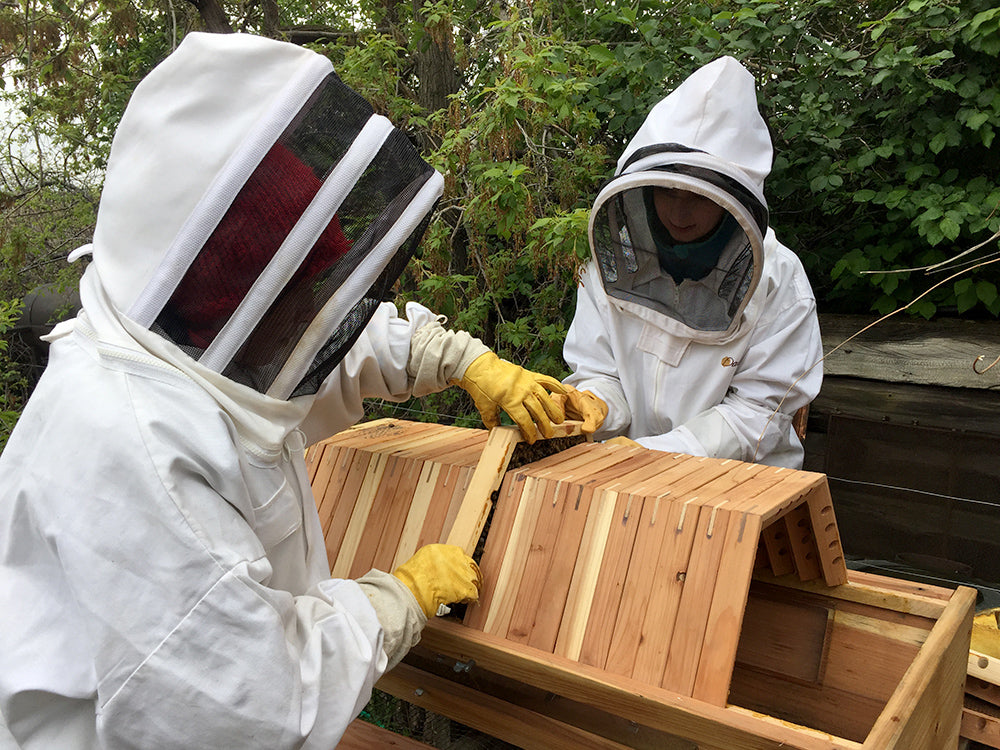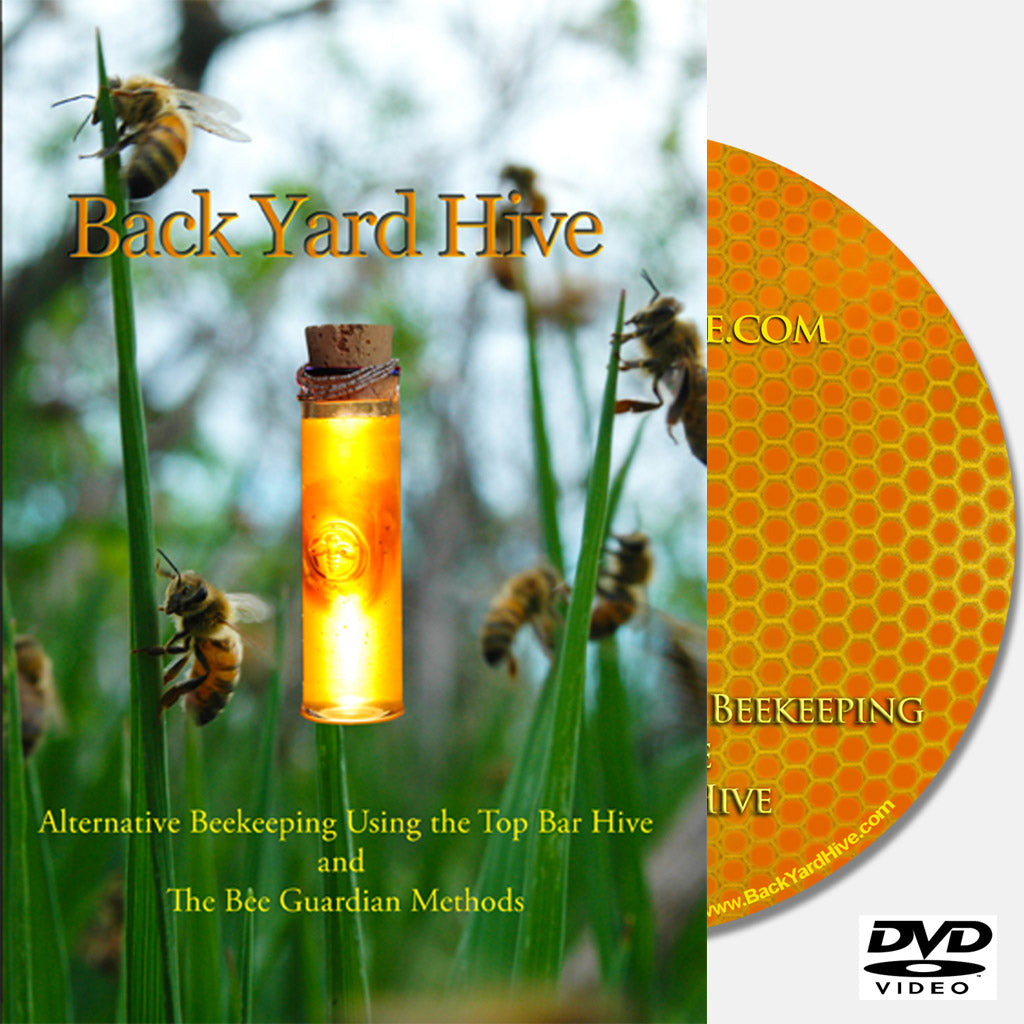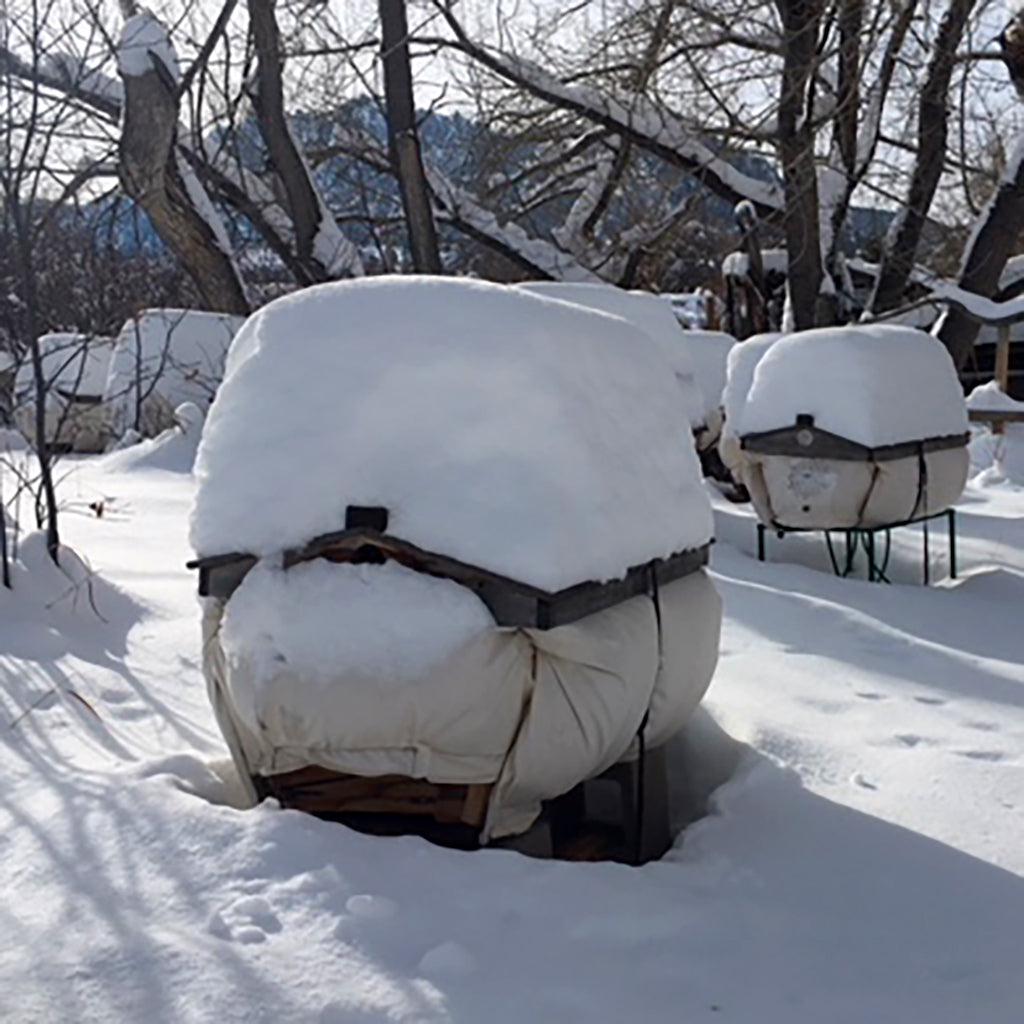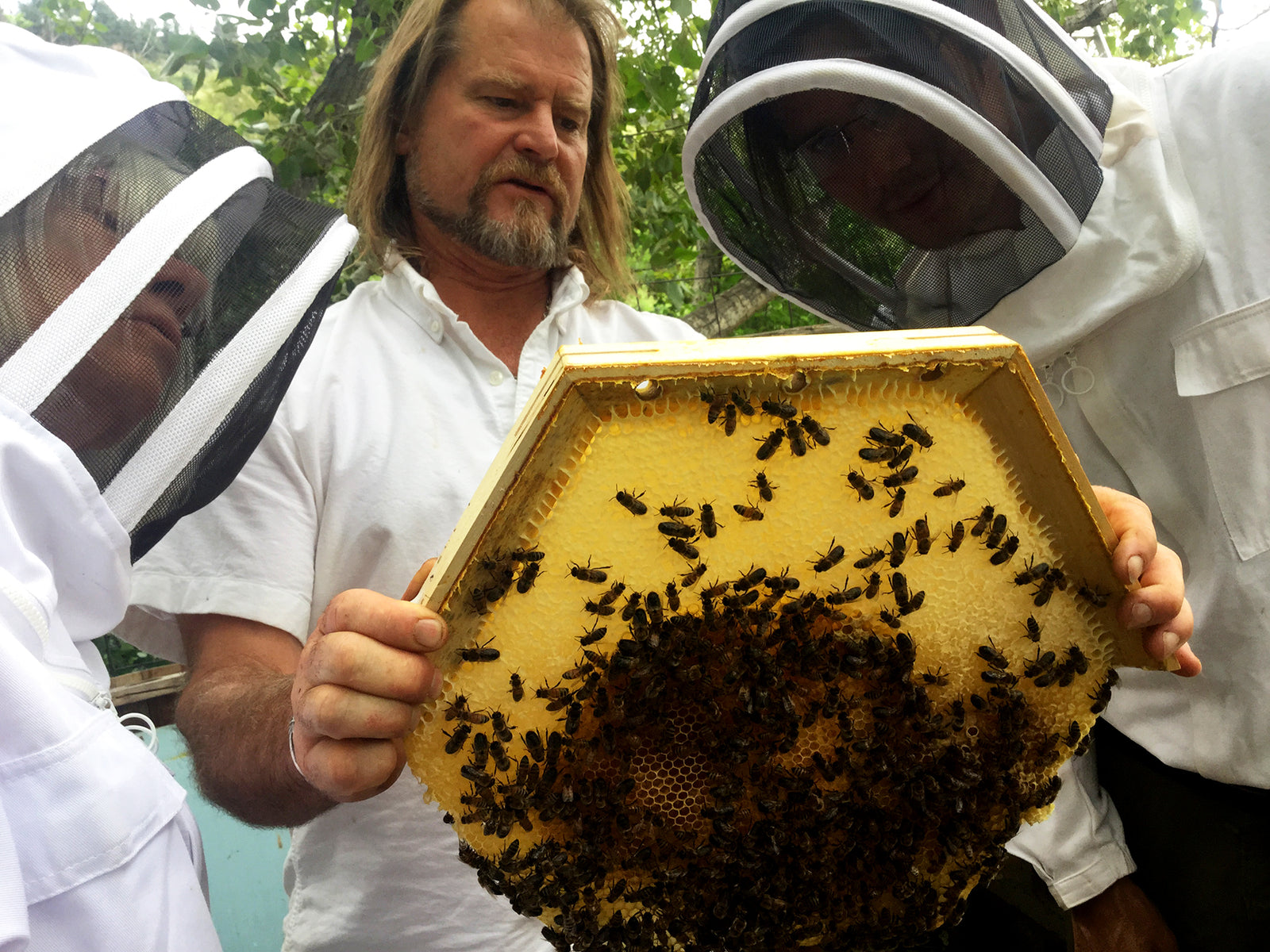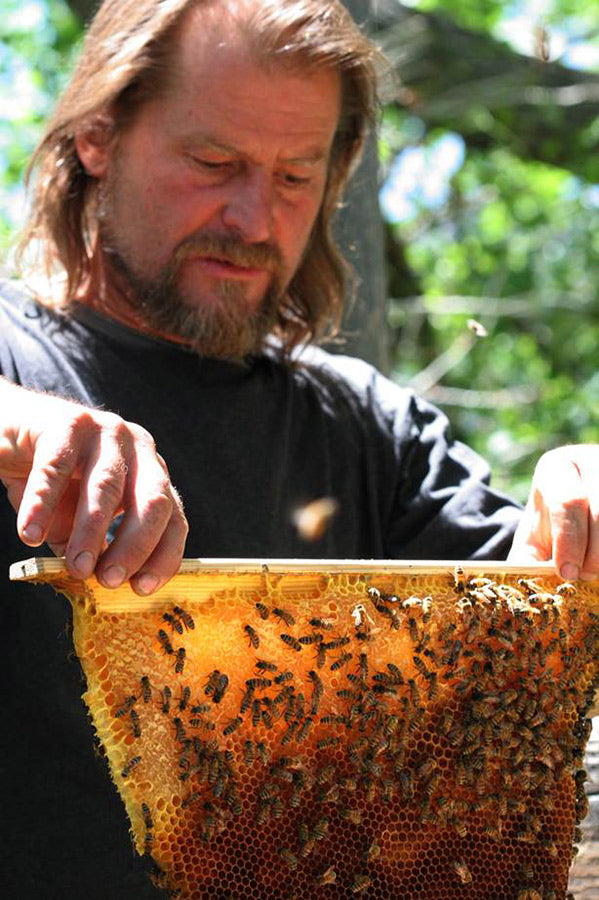When you think of the garden, what comes to mind? Is it the flowers which warm your heart or the anticipation of the fruits and vegetables which you will harvest this season? For me, it is neither of these, for me it is not what is planted which makes me buzz with anticipation, but the critters which will help propagate the flourishing foliage: the bees. I have always had a passion for flying insects. Its seems that with our short summer months, the novelty of find bugs always found me on my hands and knees leaning head first in to a bush or flower bed. This passion has taken me on a life path that I had never expected but always fantasized about: I am a glorified bee guardian. As a young woman (I had my 24th birthday a few months back) this was an unlikely career, if not in the stereotypical sense. I am not an eccentric, overall wearing man over the age of 55, peering in to white boxes in a clover field. If I have learned anything, it is that stereotypes are rarely accurate. There is a diversity of individuals interested and taking part in beekeeping across the globe. For me, it was the idea of doing something unconventional that made my excitement for beekeeping grow. Beginning A.B.C, Apiaries and Bees for Communities (www.backyardbees.ca), was more of a gut instinct then mechanical. The concept of zero-input, Top-Bar urban beekeeping just felt right. Not only has anyone else done it in Alberta before, but no one in Canada has done what A.B.C is doing: creating open educational programming for Top-Bar beekeeping!
So what is a Top-Bar hive you ask? Well, to be blunt, it is a beehive that mimics a fallen over log and allows bees to behave freely again. It is designed to have removable combs for inspection, but the bees choose their comb size, shape, thickness, and organization which the conventional box-hive does not allow. All in all, it allows the bee guardian to maintain bees living in a natural habitat!
As I said before, I am young and new to beekeeping, and I needed a mentor, someone who has experience and knows the ins and outs of Top-Bar beekeeping. So I went to Eldorado Canyon in Colorado to work with Corwin Bell and Karen Sadenwater of BackYardHive (www.backyardhive.com). The mythical city of gold was found, but what I found was liquid gold! Corwin has been tending bees in a Top-Bar hive for 11 years and has a network of bee guardians across the United States. Corwin is an activist for the honeybee and pursues an open genetic system for beekeeping, allowing the honey bees to swarm and mate openly. “Honeybees have en encyclopaedia of information which they inherited from their ancestors over the last 100 million years. It is important that we let them maintain their genetic independence and freedom so they can survive.”
The advent of CCD (Colony Collapse Disorder), thriving Varroa mite populations, and the disease’s immunity to medication, it is no wonder beekeepers across the globe are seeking resilient bee genetic strains and behavioural patterns which encourage health and honey production. Corwin Bell fears that this intervention by the industry is unintentionally making more problems. By restricting the genetics of the bee to suit the current environmental conditions honeybees are facing, Corwin believes that we are weakening the honeybee’s potential resilience to unforeseeable challenges facing the honeybee in the future.
While in Colorado, I caught 8 wild swarms with BackYardHive, most of which landed comfortably into the hands of Corwin’s swarm catchers. By using a cardboard box and queen bee pheromone, Corwin was able to catch 6 swarms of bees which split from wild colonies of bees from known tree locations. One of these swarms came from a colony which has inhabited the same tree site for over 20 years.


